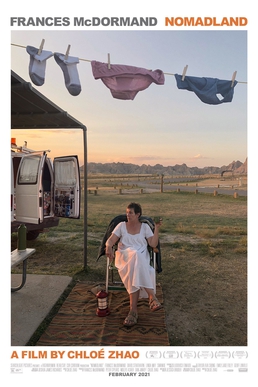Hollywood is not obsessed with the elderly and dying…yet

Over on my substack Joining the Dots, a former BBC colleague Henri Astier has put up an interesting guest post. Today’s French cinema, he says, is obsessed with dying and it’s all because it follows demographic trends. Back in the 1960s, it was “all about being young” but the slow fading of the baby boomer generation means the mood is more sombre now.
“Over the past dozen or so years,” says Henri, “French filmmakers have been particularly inspired by dementia, terminal decline and euthanasia”. He goes on to list a few like that from the past three years and then zooms in on the latest film to enlarge on this theme, Mia Hansen-Løve’s One Fine Morning. As the film arrived in UK cinemas on April 14, you can imagine Henri’s reflections on One Fine Morning are very topical. (Click here to read his piece.)
The idea that French cinema is obsessed with terminal decline caused me to think about how it is done in other film cultures. America too, after all, is getting older. How does Hollywood portray terminal decline and old people in general? And while India is exuberantly youthful, old age has a very particular part to play in that culture. So, how does Bollywood show older people?
I’ll take them in turn, starting with America, but not being a film buff, mine will be a more sociological perspective.
That ageism exists in America is indisputable. Heck, the word was coined there, back in the 1970s, by Dr Robert Butler, president the International Longevity Center-USA. He discerned society’s offensive attitude to older people in “cruel imagery, jokes, language”, by which he meant the so-called ‘Over the Hill’ products, greeting cards and general mockery of the mobility, intellect and sex drive of people who are no longer young. It is true too that America seems fascinated by taut-skinned good looks, all those plump cheeks and white teeth as if you just got your first full set of adult choppers and never ate lots of tomatoes and turmeric-yellow curry or drank tea, coffee or Merlot.
Unsurprisingly, this veneration of youth is reflected in the films churned out by Hollywood. The most compelling and attractive roles and storylines generally revolve around beautiful young people with lives to match. That said, in recent years, Hollywood has been following the money – the grey dollar – by making more films that try to speak of the elderly, if not exactly to them. For nearly a decade now, the Motion Picture Association of America has been finding that older Americans make up a significant portion of the movie-going public and the film industry has been trying to incorporate this demographic onto the screen. According to the Population Reference Bureau, the number of Americans aged 65 and older is projected to nearly double from 52 million in 2018 to 95 million by 2060 and the 65-and-older age group’s share of the total population will rise from 16 per cent to 23 per cent. It’s reasonable to expect they will want to see some depiction of their lives on-screen.
Is that happening?
I offer you one word in answer: Nomadland.
It’s not enough, of course not. But consider what Chloe Zhao did with Jessica Bruder’s book. The portrayal is beautiful, if stark, of a woman in her 60s. She has lost everything in the 2008 recession and embarked on a precarious lifestyle as a van-dwelling daily-wage worker roaming the American West. She’s opinionated, hard-working, strong, somewhat battered…but still standing. I know that Nomadland says nothing really about Hollywood’s overall attitude to terminal decline, but it’s still a useful template for how it might view ageing without the inevitable decline.
Coming up soon: Bollywood and the portrayal of seniors on-screen.

